Interesting Facts about The Rock of Gibraltar
This guest post is courtesy of Lucia, a travel blogger living in Southern Spain, who shares her discoveries of beautiful locations, hidden gems and stunning historical sights on her travel blog Viva La Vita. She discusses seven interesting facts about The Rock of Gibraltar in this article, including snippets about history, culture, and travel tips. Enjoy learning about this unique destination!
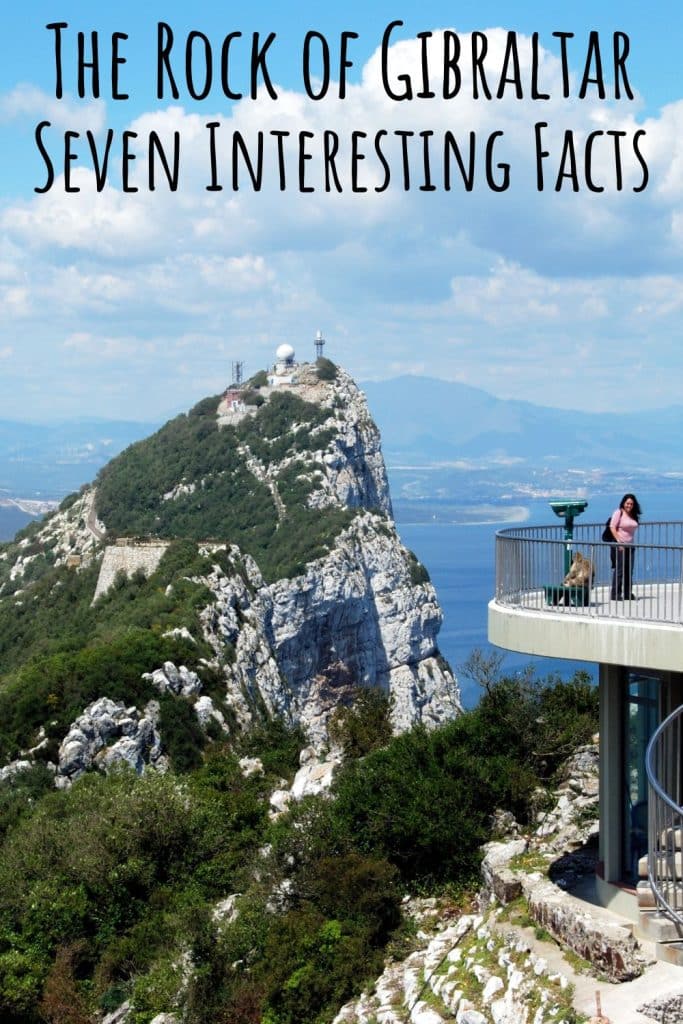
The Rock of Gibraltar dominates the Atlantic end of the Mediterranean Sea and has been a strategic and historic landmark for millennia. The Romans referred to it as the end of the known world, believing that civilization ended beyond its cliffs. The British used it in World War Two to regulate, protect, and ensure the continuity of essential shipping during the conflict, while in modern times it has become a wildlife reserve for a particular population of monkeys and a staging post for a wealth of migratory birds.
Easily accessible from Southern Spanish resorts such as Torremolinos and Malaga, the Rock of Gibraltar makes a perfect day trip for those wishing to sample a little bit of Britain overseas, its unique history and character.
For the Greeks and the Romans, it entered the imagination as one of the Pillars of Hercules, holding up the sky at one end of the known world. For the great seafaring nation of Britain, it was a key strategic point that kept the nation’s sea power dominant in the region, and the Spanish Government at odds.
If you have a head for heights there is a cable car that will take you up almost 1400 feet above sea level to the top of the rock, while down below there are 1000 feet of tunnels carved out of the limestone to provide a defensive network begun in the 1700s.
A Pillar of Hercules
The Roman Empire wrapped itself right around the Mediterranean Sea, from the Middle East and Constantinople to the North African Atlantic Coast. The Rock of Gibraltar stood as a reminder to ancient peoples that forces greater than them were in charge, and that this great rock rising out of the sea was part of that great mythology.
- Opposite the Straits of Gibraltar, on the African continent, there are two mountains to choose from, either Monte Hacho or Jebel Musa. Jebel Musa is the bigger of the two and rises nearly 2800 feet, just eight and a half miles across the water.
- The Greek philosopher Plato wrote that the city of Atlantis was to be discovered beyond the Pillars of Hercules, while other poets proclaimed that the Gates of Gades (Cadiz) lay just to the West, where Phoenician traders sold rare spices and Celtic gold, making the dangerous sea-voyage well worth the risk.
- Monte Hacho is directly across the Straits from the Rock of Gibraltar and has an ancient defensive structure on its summit. Similarly, the Rock has a Moorish castle, built in 711, that remained in use for the following 700 years of Islamic rule.
Ownership Battles
The strategic position of the Rock of Gibraltar has seen it become a target of multiple sieges over the centuries. In the Summer of 1704, an Anglo-Dutch fleet attacked the Spanish garrison there, firing some 15000 cannonballs. When the invaders landed shortly before midday it is recorded that they came across very little in the way of opposition.
- There were treaties signed, the first in Utrecht in Holland in 1713, giving Britain unfettered title to the 2.3 square miles of the Rock of Gibraltar in perpetuity.
- Despite this diplomacy, the Spanish Crown was determined to unseat the British occupiers and attempted a land base siege in 1726. The fighting lasted through the Winter into 1779 when a truce was declared.
- Then in 1779, the Spanish tried again, from land and sea, and they kept the pressure up for four years before finally admitting defeat. The British held out, with the governor, General Elliott, living on four ounces of rice per day as an example of grit and determination.
- Advances made on the Rock, including improving the sighting and delivery of cannons, the engineering of tunnels to improve firing positions, and the development of new artillery capability by a certain Lieutenant Shrapnel, all helped to keep the Spanish at bay.
- More recent democratic tests, in 1964 and 2002 have resulted in residents of the Rock of Gibraltar overwhelmingly deciding to remain under British rule, despite campaigns from Madrid to make Spanish governance more attractive.
A Strategic Military Point
Control over the eight-mile-wide entrance from the Atlantic to the Mediterranean has been pivotal in many military campaigns. Admiral Lord Nelson visited the same year as the Battle of Trafalgar. After his death, his body rested at Gibraltar awhile, embalmed in a wine barrel, before its return to Britain.
- During World War Two the Eighteenth-Century network of tunnels was extended and improved to take modern weaponry. Today the galleries are open to the public and you can see where soldiers sheltered from artillery attacks.
- The garrison was never taken, and the guerilla anti-invasion resistance force, that was to be walled up inside the tunnels, was never required.
- In the Straits of Gibraltar, there is an ever-present flow of water from the Atlantic Ocean to the Mediterranean, as the rivers that supply the Sea cannot fill it fast enough. It makes this stretch of water incredibly dangerous and difficult to navigate, with forceful currents and a wind from the West that never seems to rest.
- As a result, any military installation on the Rock of Gibraltar is going to be in a prime position to observe enemy traffic into and out of the Mediterranean.
The Gibraltar Cable Car
For more than half a century, the cable car has been one of the top must-see activities in Gibraltar. Located at the Southern end of Main Street, next to the Botanic Gardens, the cable car will take you to the top of the rock in a memorable six minutes.
- From the terrace at the top, you will be able to look out over two continents, three nations, and see where the Mediterranean Sea and Atlantic Ocean meet. Stop and take in the breathtaking views, sit and take tea at the café, then meet the famous monkeys who call the Rock their home.
- An exclusive app can be downloaded free with your cable car tickets, that can outline the story of the Rock, available in five European languages. Take the Skywalk down the Rock to the Middle Cable Car Station to truly take the time to enjoy the views.
- Top Tip: The Cable Car is not open to dogs. Due to the territorial and defensive nature of the Barbary Macaque monkeys, dogs are forbidden as they will be at high risk of attack.
Barbary Macaques – The Famous Residents
Despite their aversion to dogs, the local Barbary Macaques are a friendly local population and well used to human visitors and their love of selfies. Keep a tight hold of your phones and cameras, however, as these guys are always interested in a shiny, new thing.
- The monkeys are said to be either migrants from North Africa, brought over by Muslims, or perhaps even Roman traders, or the remnants of a European population driven South by pressure from other Northern European fauna. However they got here, they are here to stay, enjoying protected status, and regularly looked after by the team that manages the reserve.
- The best way to meet the monkeys is to purchase a ticket when you also pick up your ticket for the cable car. Access to the reserve is directly from the top of the Rock at the Cable Car Station.
- Today the population is managed at around forty individuals to maintain a decent gene pool and maintain reserve resources. In 1900 it was reported that as many as 130 Macaques lived on the Rock, semi-feral, raiding gardens, and food stores, biting residents and visitors, and basically making a nuisance of themselves.
- Come World War Two and the population very nearly became extinct, when British Wartime Prime Minister Winston Churchill became involved and ordered the boosting of the population, citing the legend that if the Macaques were to leave, then the British would lose control of the territory.
The Great Siege Tunnels
During the American War of Independence, the French and Spanish seized the opportunity, while Britain’s brightest and best were on the other side of the Atlantic Ocean, to try and wrest control of the Rock of Gibraltar from their old foe.
- In 1779, the British, by any calculation, were outgunned and outmanned, and it would surely only be a matter of a few short months before they would be kicked out, and a new treaty was drawn up and signed. But, necessity, that mother of invention sparked an ingenious idea. A tunnel would be cut through the solid limestone to a point called The Notch, where a gun could be mounted to weaken the sea assault.
- During the works, using sledgehammers, crowbars, and gunpowder, it became apparent that ventilation was required. Once these holes had been created it became immediately obvious that these would make perfect cannon emplacements, bearing down upon the French and Spanish fleets.
- Contrary to expectations, and despite low reserves of food, the British held on until 1783, the tunnels and galleries pivotal to their ability to repel the French and Spanish attacks.
- Work continued on the tunnels long after the Great Siege had ended, with the original goal of opening up a cannon emplacement on The Notch achieved, amongst other grand halls along the way.
- The work of the 18th Century Sappers was developed and continued during the Second World War when the strategic position of the Rock of Gibraltar once again became an important part of the battle for control of the European continent. The fascist forces of the Spanish leadership pressed from the North while German submarines and battleships surged through the Straits.
- While most of the WWII tunnels are now closed off to the public, two have been re-purposed for road traffic across the Rock, while another is used for secure data storage. The Great Siege tunnels are open to the public as a tourist destination, as is another WWII tunnel.
An Ecological Wonderland
The unique geography of the Rock of Gibraltar has seen it develop a wide range of wildlife, from its rocky outcrops where the clouds form, to the rocky coastline.
- The inaccessible rocky cliffs serve as a breeding ground for barbary partridges and lesser kestrels and provide a resting point for many thousands of migratory raptors.
- At the Alameda Wildlife Conservation Park, their historic mission has been to rescue animals involved in the illegal international pet trade in endangered animals. While they see education as the key ingredient in any prevention campaign, they also recognize that recovered animals need to be socialized within groups.
- It’s a great place to discover the unique, local fauna and flora, and also discover the important conservation projects that are sponsored by the Governor of Gibraltar.
Conclusion
The pillars of Hercules, Gateway to Atlantis, a territory bitterly fought over, and yet one that has produced innovation in defense strategies, not only in times of war but also in the protection of biodiversity.
Its unique position, geographically, historically, and politically makes it a compelling destination for a day trip, or as a place to visit in its own right. If you are on the coast of Southern Spain, go and see this little bit of Britain!


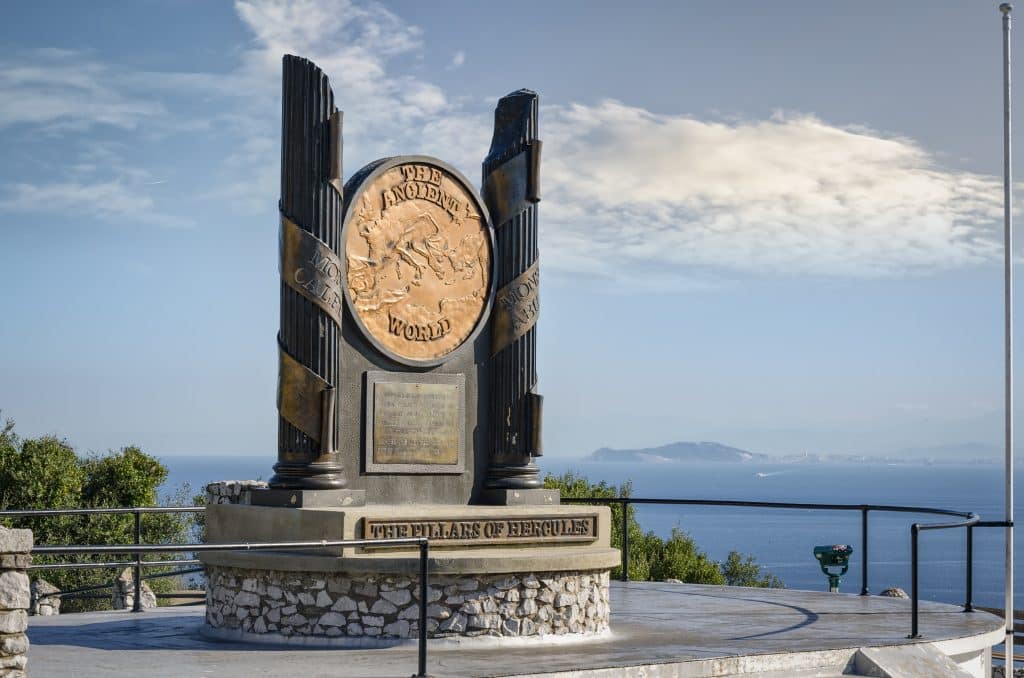
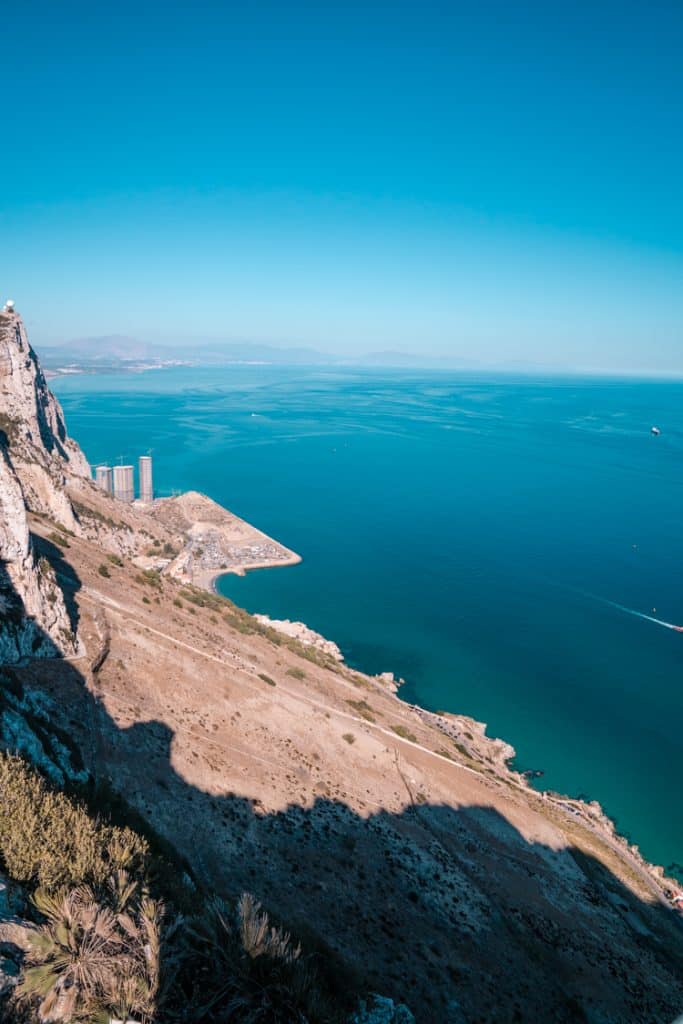
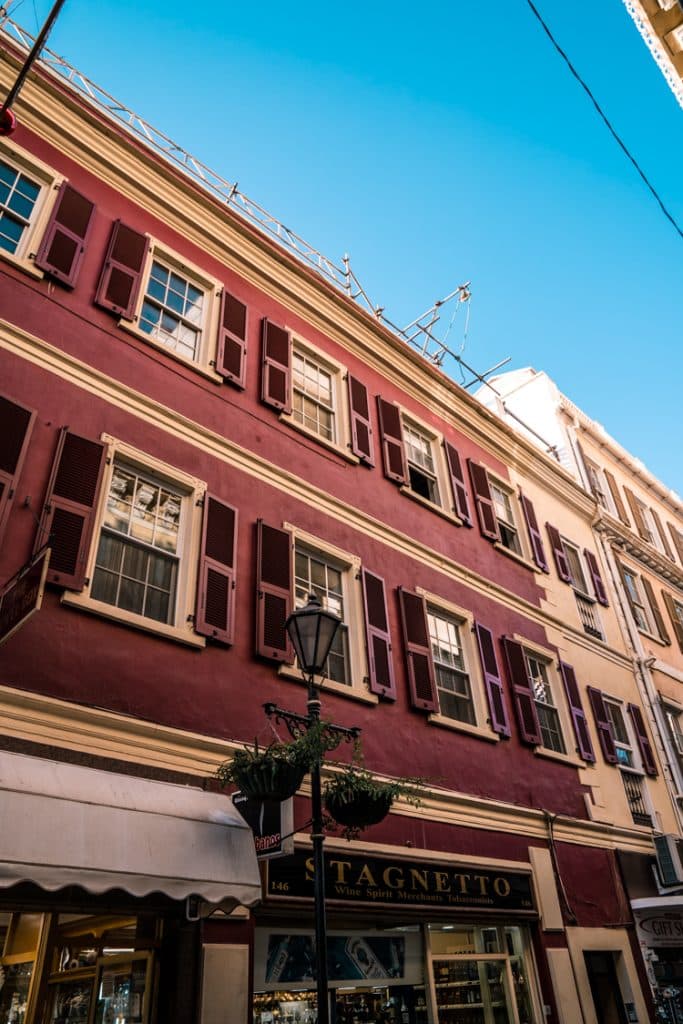

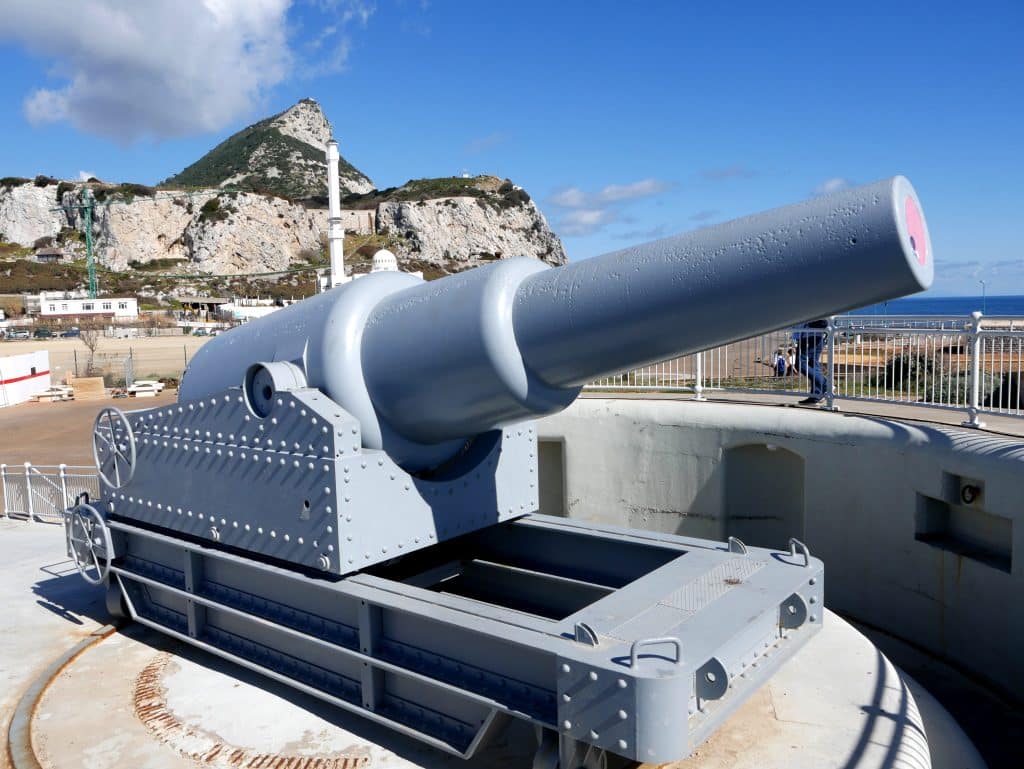
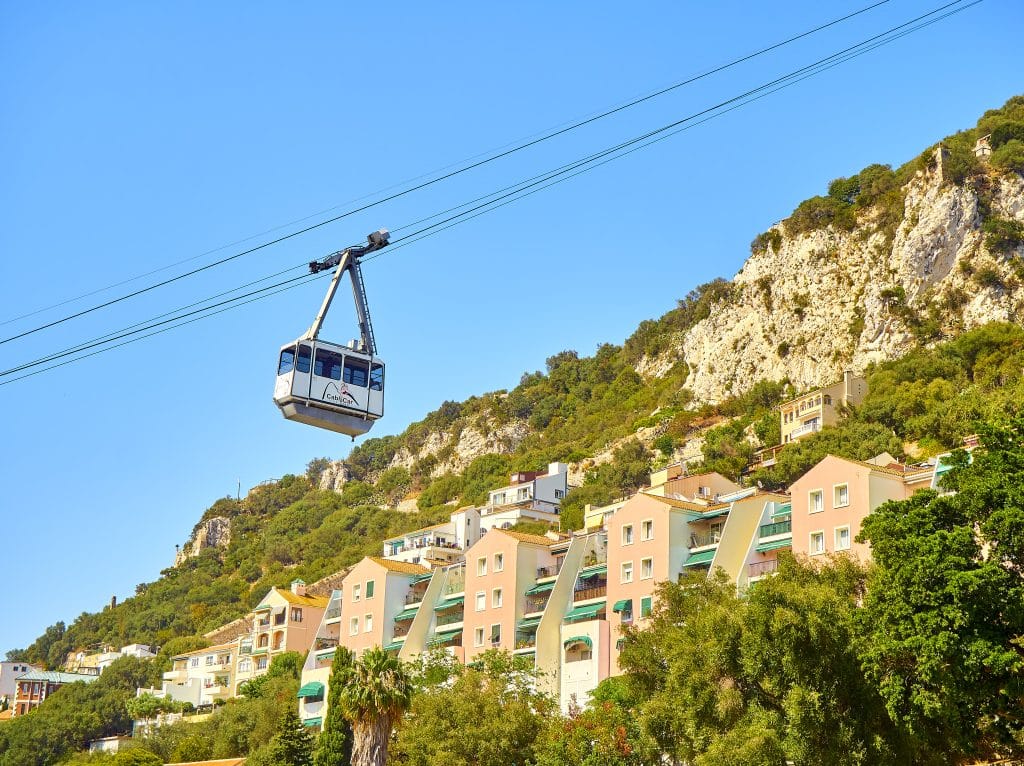
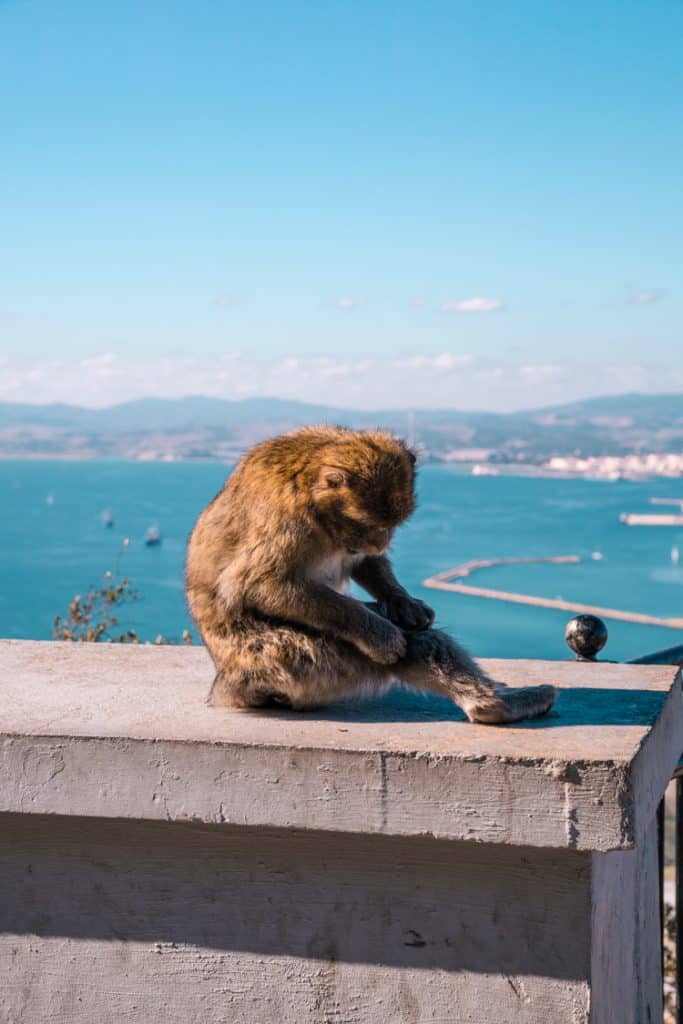
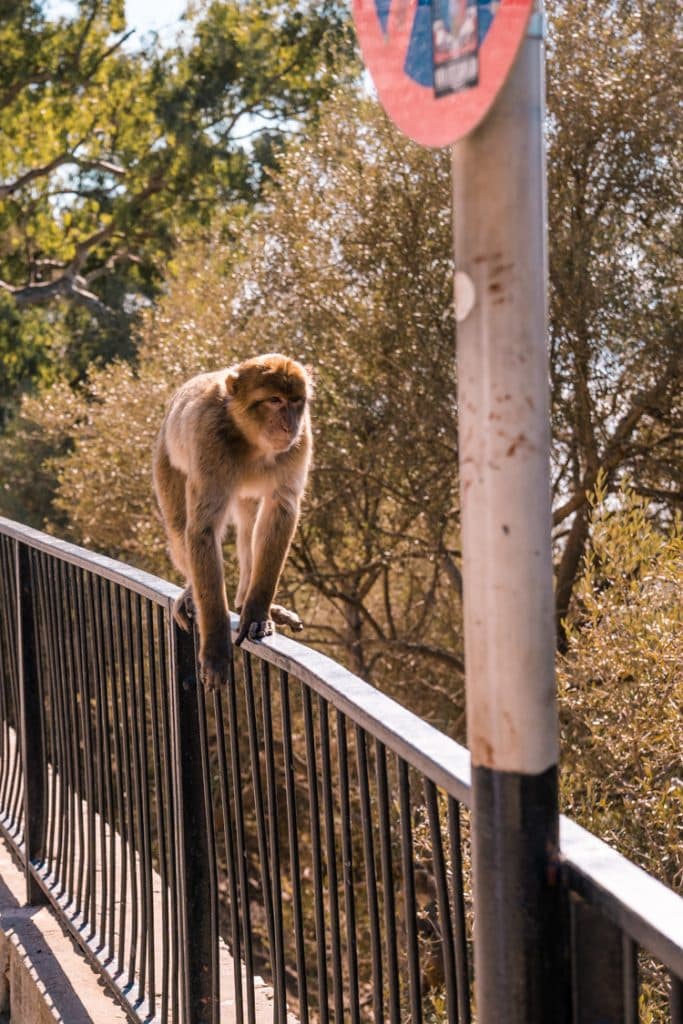

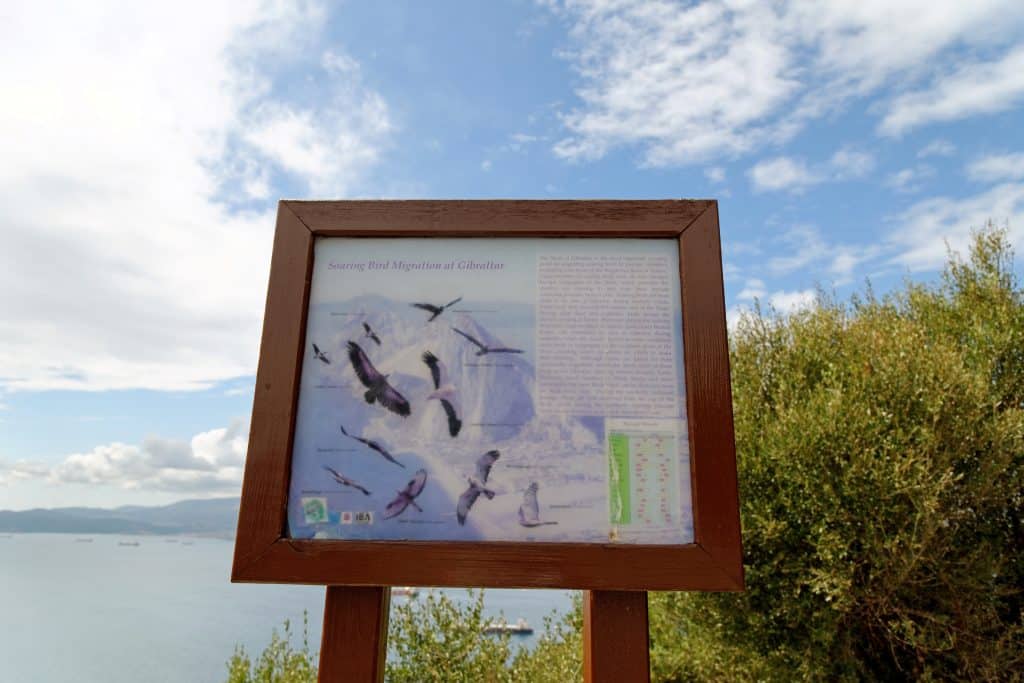
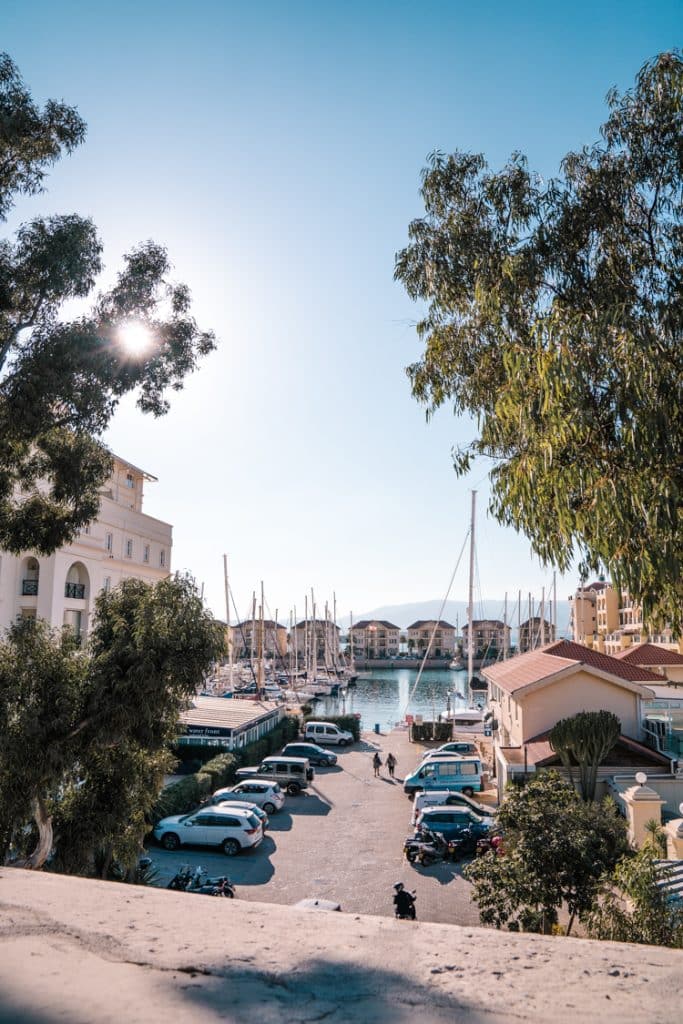








One Comment